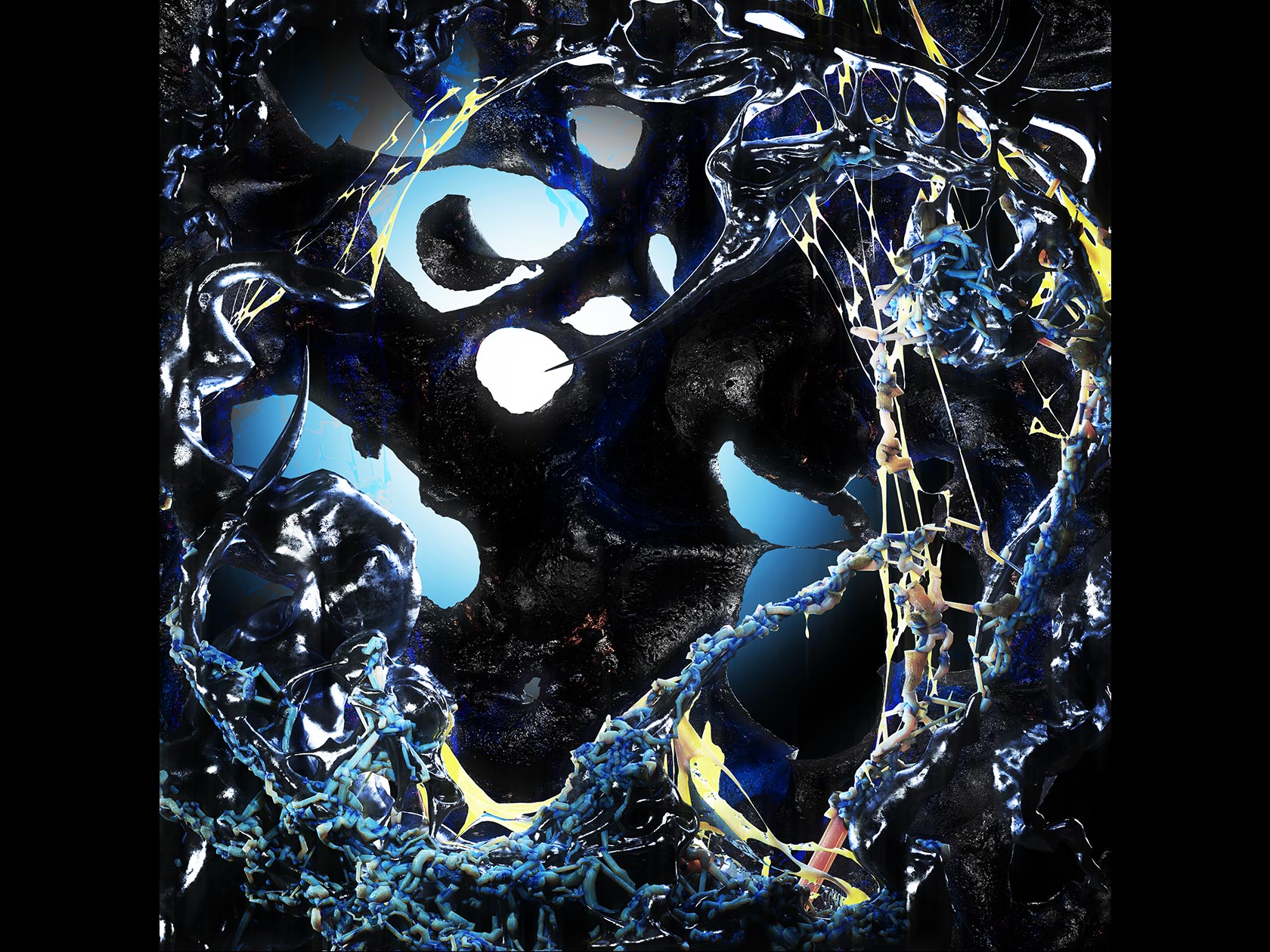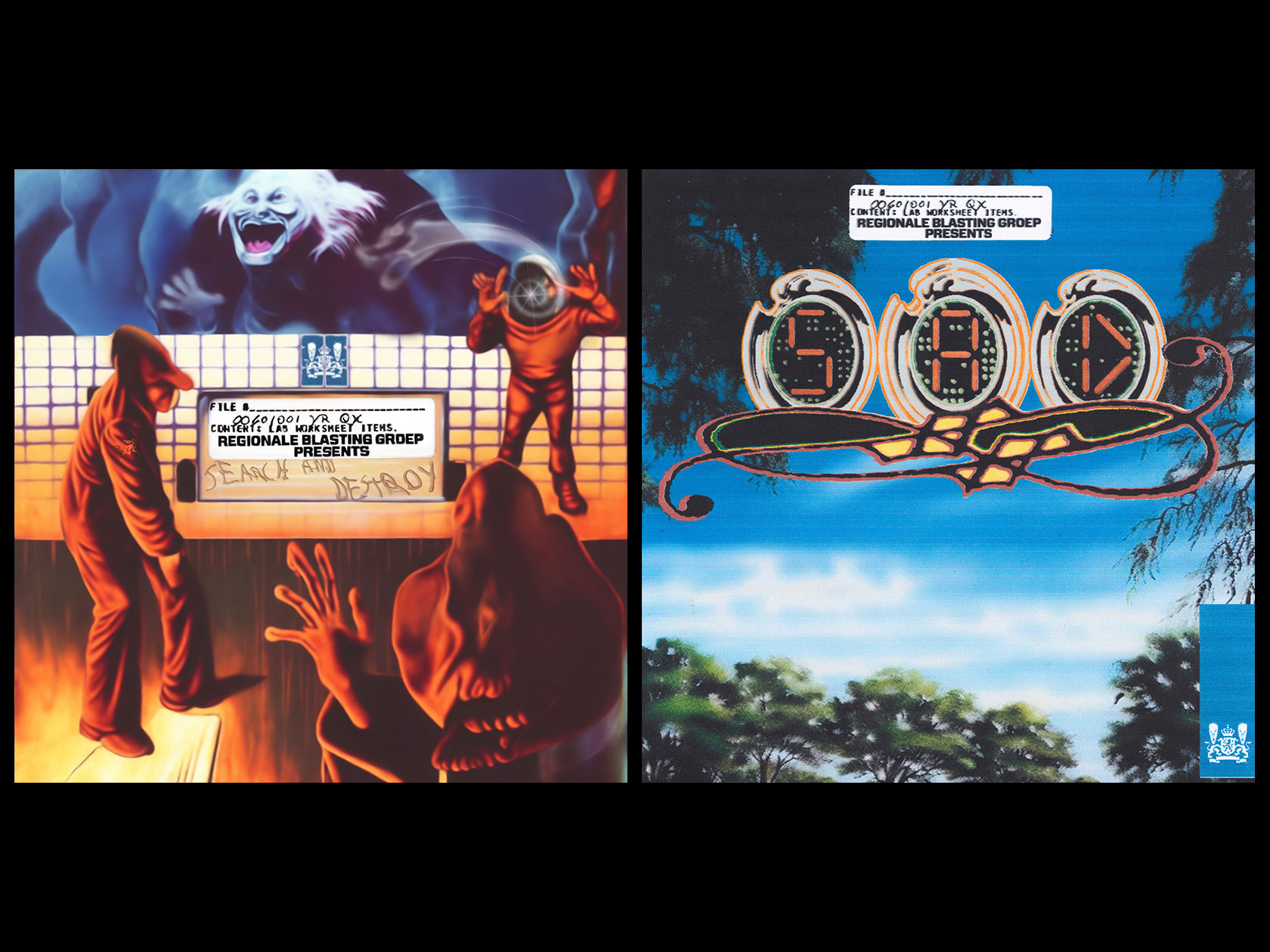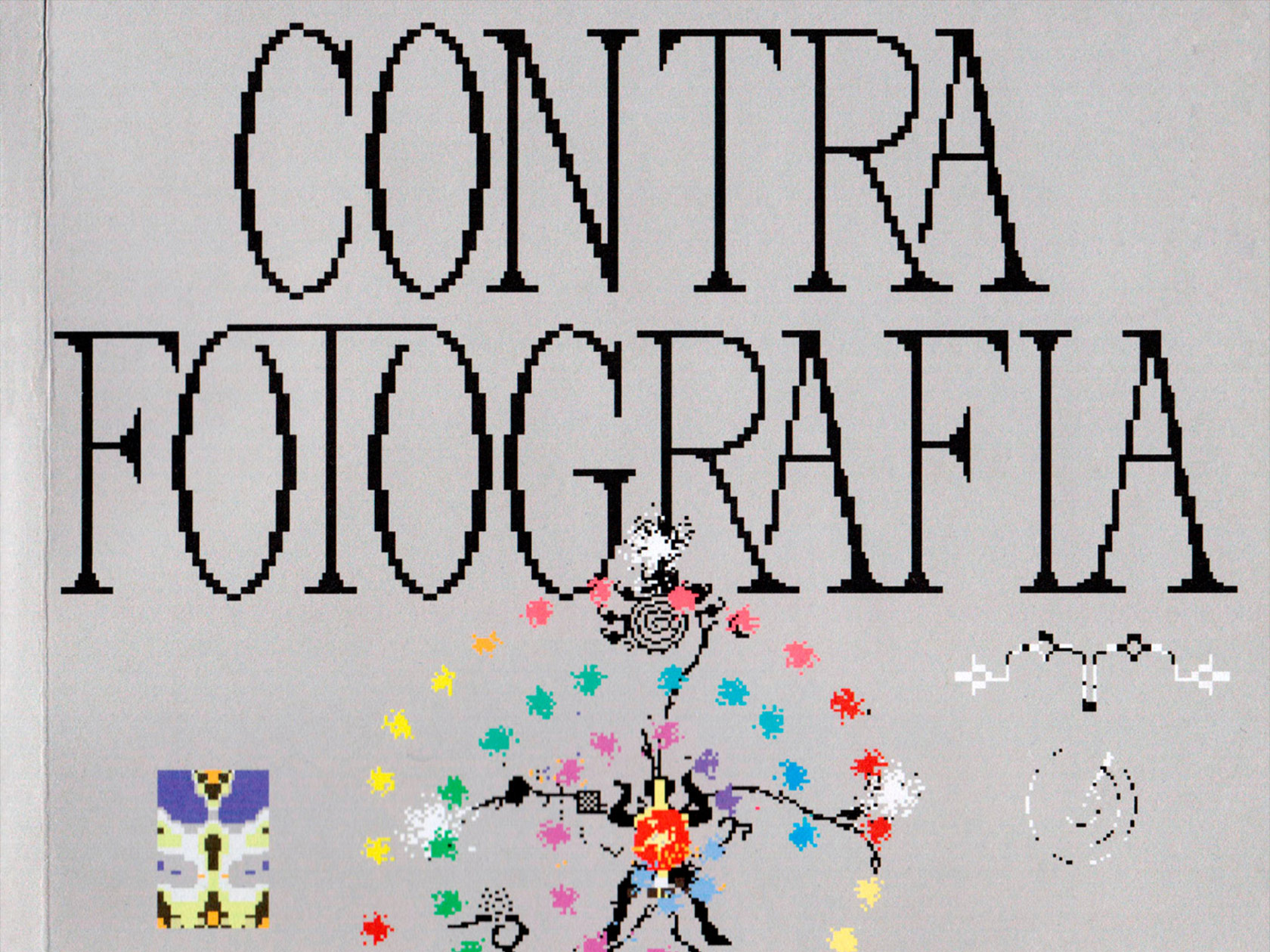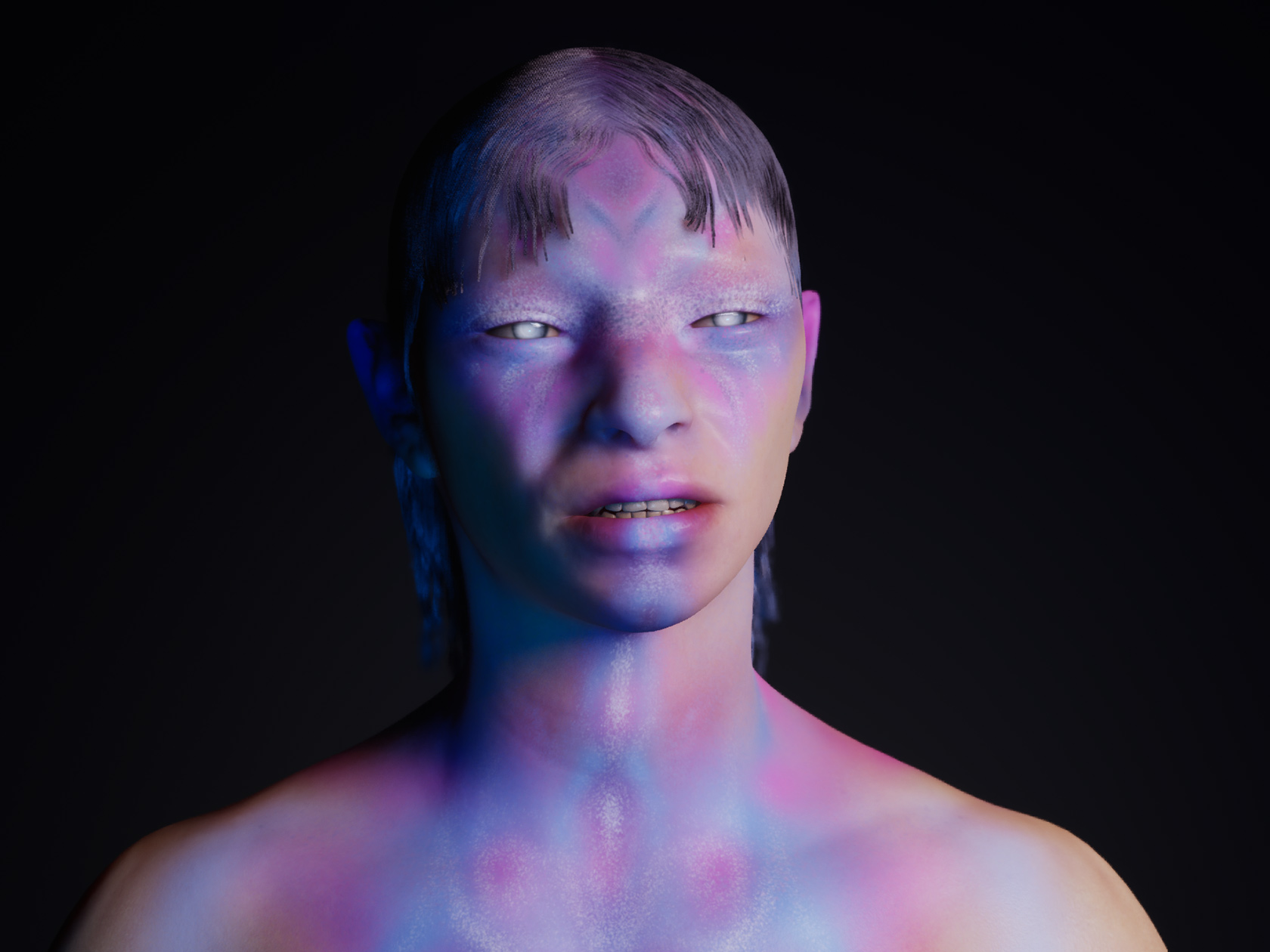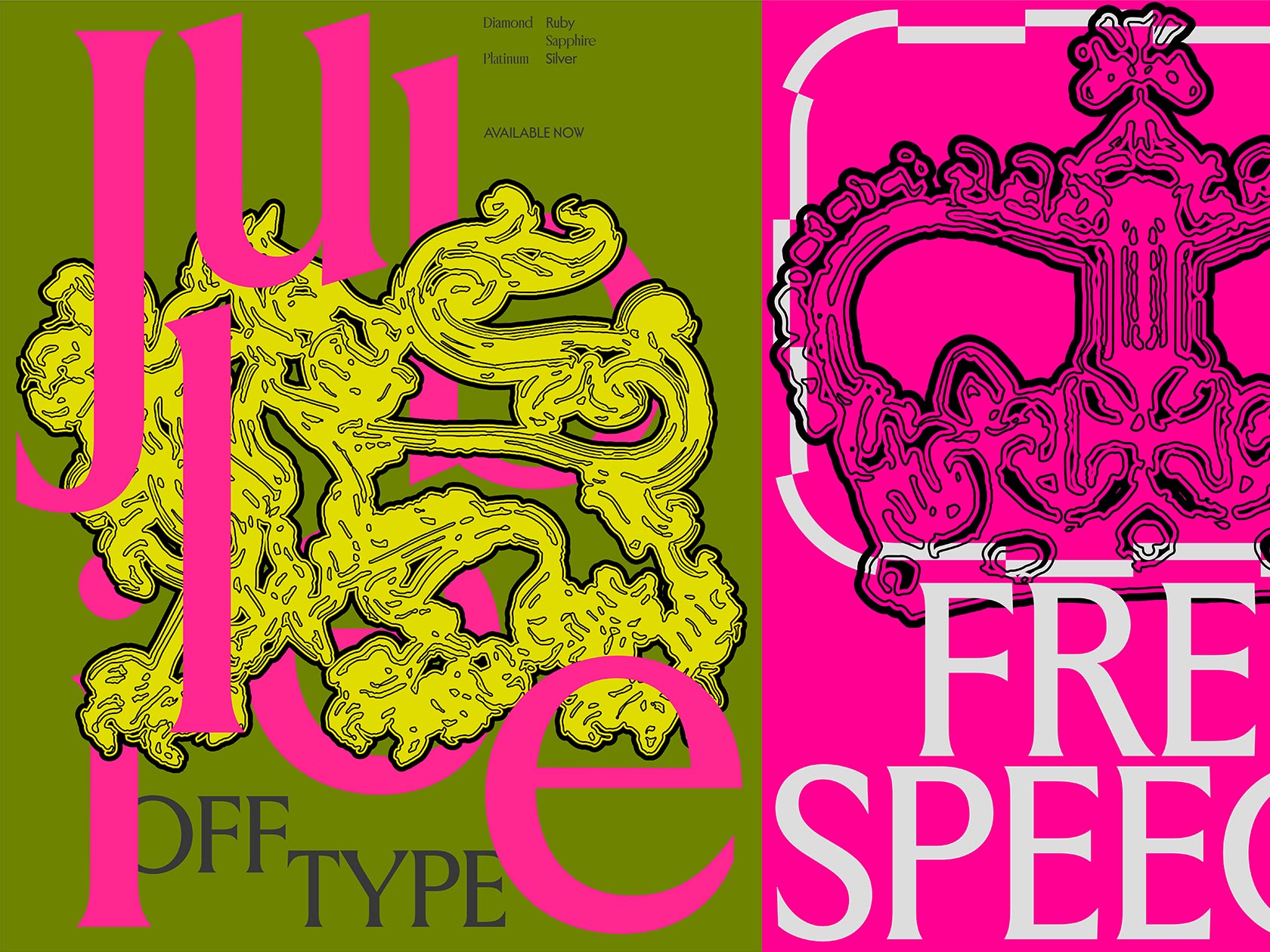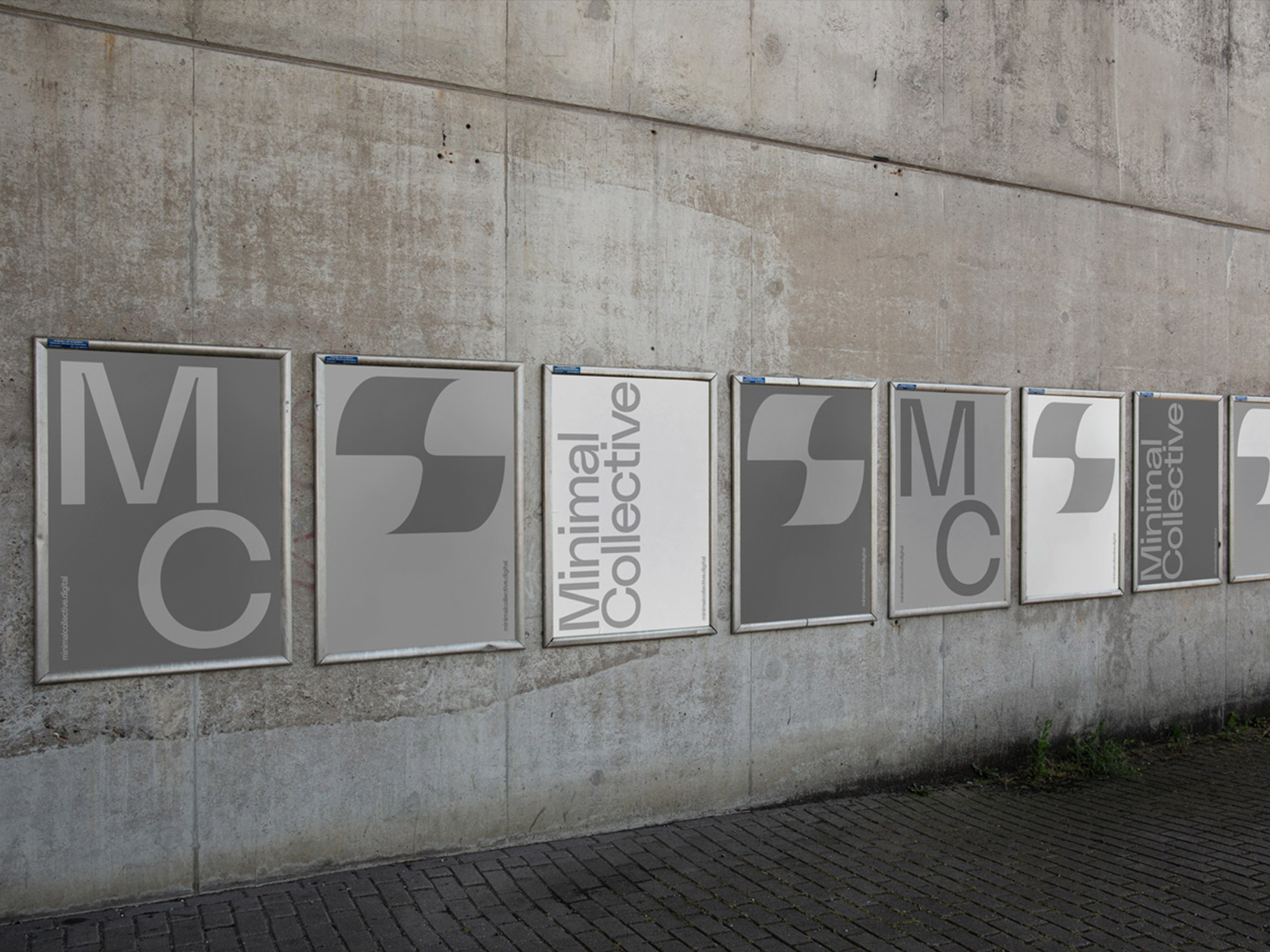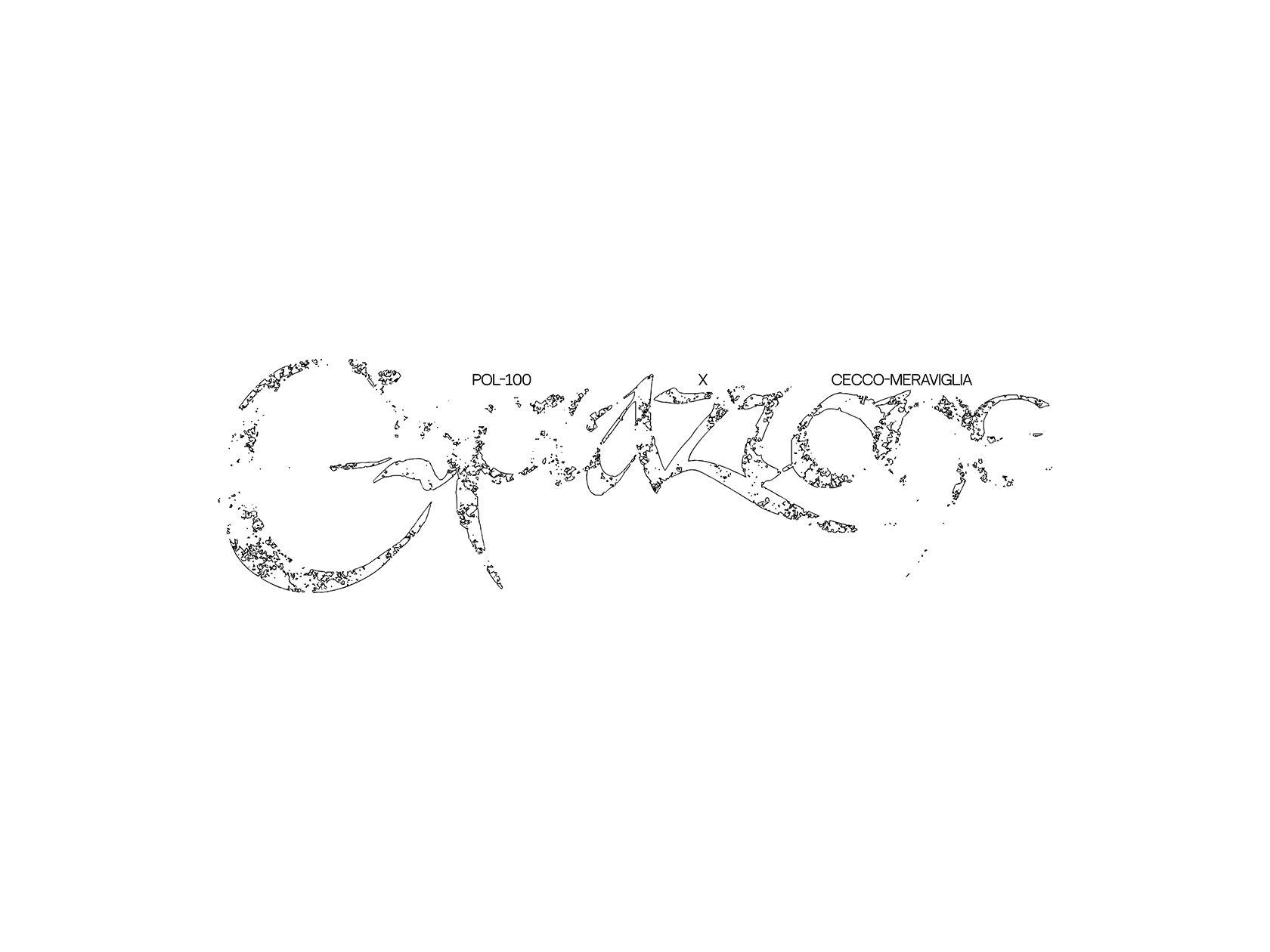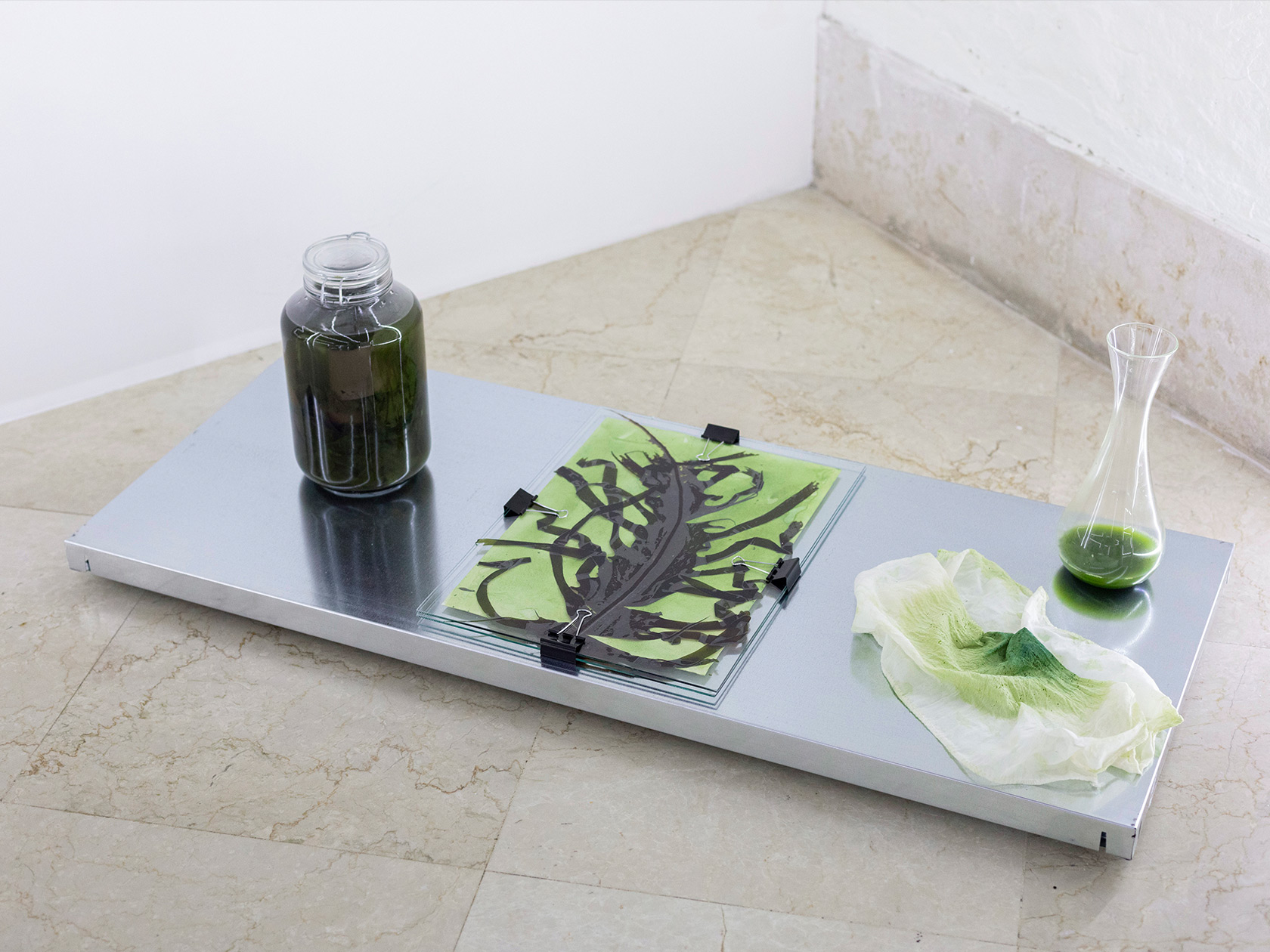When Stella Klump, Leonie Krein and Moritz Büsselberg began to work on their book ‘Transhuman Archive’, neither of them could have imagined that a global pandemic would hit the world following its release, putting even more emphasis on subjects like transhumanism, machine learning and artificial intelligence. ‘Transhuman Archive’ is a powerful exploration of these subjects, channeling the different ideas and visions of the three designers into a beautiful, experimental book. Inspired by dystopian novels and films, such as ‘Brave New World’, ‘1984’, the ‘Alien’ Franchise, ‘Blade Runner’ (+2049) and many more, it is a curated selection of modern technology, contemporary art and influential fiction. “We wanted to show how transhumanism is already part of our lives while oftentimes still being viewed as a distant future or just straight up science fiction”, they tell C24.




Visually, the book is divided into two parts, referring to our shift in reading habits. As a response to the effect of technology on human behavior, the book can be read in two ways. One part of the book functions as some sort of encyclopedia, focusing on detailed, more in-depth informations. Each section of this encyclopedia links to the corresponding text in the second part of the book, in which it is represented in a more experimental, more visual way. “In our current digital landscape we primarily consume information in little sensationalized tidbits”, the three designers explain, “But then we realized that there’s this trend among our generation, where we are also longing for less shallow resources that are rare to find on social media. ‘Transhuman Archive’ offers the best of both worlds. One can decide where and how they want to consume the information in the book.”
The first, more informative part of the book has a rational and brutalist aesthetic, printed in black and white, mainly consisting of text accompanied by tiny pictures in the marginal column. In contrast to that, the second part is full of visual references to the design trends and movements that are prevalent in the contemporary design scene these days. “The two parts of the book required completely different skills”, Leonie explains, “We had to work with large amounts of text whilst finding the fitting visual language for representing the topics in the second experimental part of the book. Not to forget the actual execution of the book which confronted us with a lot of unexpected problems we had to find solutions for.” Despite these difficulties, the book turned into a beautifully designed, eclectic mix of different subjects, united by a precise, but contrasty visual language.






“Contrasts have always played a major role in the conception and design of the book, as transhumanism always deals with the dichotomy between nature and technology”, Stella, Leonie and Moritz explain, “Metaphorically the two parts can also be interpreted as contrasting the orderly and rational side of machines and AI with the savage emotional nature of humankind.” The letter ‘H’ on the cover of the book represents this interplay between technology and humankind with its two halves meeting in the centre, referring to the shape of a chromosome.
Like its detailed design inspired by dystopian and utopian science fiction, the content of the book is just as versatile, exploring different fields, such as art, science, fiction and health.“Since we tried showing the effect of transhumanism on all facets of life, we decided to divide the book into the least, most logical amount of categories for ease of use and in order to rule out any confusion”, they explain, “This made it possible for each for us to split up the tasks, depending on our individual interests.” While Leonie was really fascinated by scientific accomplishments, Stella and Moritz delved into the influences of technology on art and fiction. The book features exciting interviews with and essays about international artists, scientists and platforms, such as Dazed Digital, Ines Alpha, Princess Gollum, Miquela and many more, collected from various sources.
At the beginning of the project, Stella, Leonie and Moritz had some intense ethical discussions about the topic, but were stretched to their limits when it came to the science-based aspect of transhumanism. “Primarily being designers, we felt it was not in our competence to comment and frame a well founded, valuable scientific opinion on the ethical repercussions of Transhumanism. Especially in the short amount of time available to us”, they state, “Thus we decided to exclude the ethical questions from our book. Not because we think it is not important to discuss them, but because we wanted to start with giving people some kind of portrayal of the status quo of the transhuman movement.” Therefore, the book serves as a non-judgemental introduction, aimed at everyone with a general interest on and only basic knowledge about the subject.






All of the three designers are currently studying in Mainz and have worked on a bundle of collaborations since their first semester. “We grew accustomed to each other’s ways of working with every collaboration, which turned out really beneficial”, they tell C24, “Collaborating with someone always requires some kind of trust in the person you work with, so the three prior semesters spent together laid a great foundation. We realized that if we joined forces, our skills would add up and allow us to create something more complex in its execution. Handling a Project of this magnitude in such a short amount of time just would not be possible on one’s own.”After completing her internship at Daily Dialogue in Munich, Stella will start working on her bachelor thesis, just like Moritz, while Leonie has started her internship at bungalow kreativbüro in Würzburg this semester. Jumping between their freelance jobs and student projects, the trio always makes time for self-initiated projects.

Collaboration has always been an essential part of the practice, allowing them to grow personally, as well as professionally. To Moritz, this became even more significant during the pandemic. “I think it is essential to have someone to discuss your ideas with. Working alone I found myself easily getting lost in an idea and developing a blind spot for its flaws”, he tells us. Every fruitful collaboration requires good communication skills and the willingness to compromise.
“In a good and harmonious collaboration, you toss ideas back and forth so that something much bigger can emerge than you ever could have created on your own”, Leonie states, and Stella adds: “I feel like communication is a key element in our work practice. Expressing my thoughts to my collaborators always helps me to get a clearer view on an idea and to not get stuck in the process. The exchange of even different opinions, finding common ground and elaborating on what might be the best solution for a certain issue is extremely beneficial for my own personal growth. Also being able to rely on someone and joining forces can be very powerful and can bring out unexpected outputs.”
Stella Klump
Instagram
Moritz Büsselberg
Instagram
Behance
COLLABORATIONS TO LOOK AT:
New Aesthetics 2 by Leonhard Laupichler and Sophia Brinkgerd
Heart Directors Club


